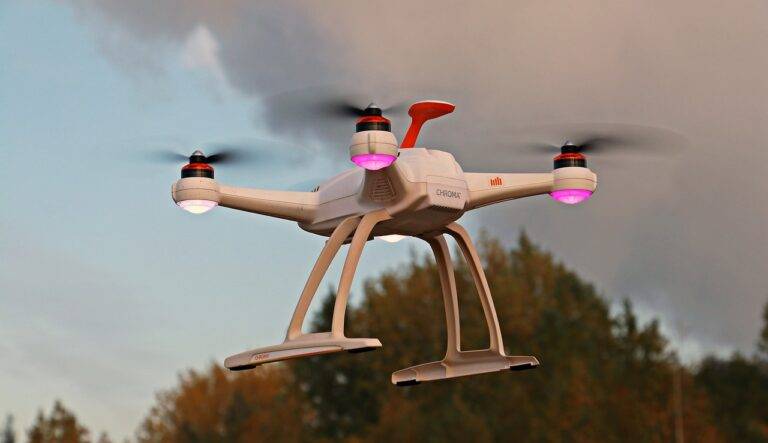The Future of Retail: Personalized Shopping Experiences
Even as traditional retail models have been the cornerstone of commerce for generations, they are facing numerous challenges in the current market landscape. One of the main hurdles is the rising competition from online retailers, who offer convenience and accessibility that brick-and-mortar stores struggle to match. The shift in consumer preferences towards online shopping has led to a decrease in foot traffic in physical stores, posing a significant threat to the survival of traditional retail businesses.
Moreover, traditional retailers are grappling with the demand for personalized shopping experiences and seamless omnichannel integration. Consumers now expect a seamless blend of in-store and online shopping options, as well as personalized recommendations based on their browsing and purchase history. This presents a challenge for traditional retailers who may not have the technological infrastructure or expertise to provide such tailored experiences, leading to a potential loss of customers to more digitally savvy competitors.
Emergence of Artificial Intelligence in Retail
Artificial intelligence (AI) is rapidly reshaping the landscape of the retail industry. By leveraging data analytics and machine learning algorithms, AI enables retailers to personalize customer experiences, forecast trends, optimize pricing strategies, and streamline supply chain operations. These capabilities not only enhance operational efficiency but also drive customer engagement and loyalty.
Furthermore, AI-powered chatbots and virtual assistants are revolutionizing customer service in retail. These digital tools can efficiently handle customer inquiries, provide product recommendations, and offer support round the clock. As AI continues to advance, retailers are increasingly adopting these technologies to deliver more seamless and personalized shopping experiences to their customers.
The Rise of Virtual Reality Shopping
Shopping in the digital age has evolved significantly, with the rise of virtual reality (VR) transforming the traditional retail experience. Consumers are now able to immerse themselves in a virtual world where they can browse and purchase products from the comfort of their own homes. This innovative technology has revolutionized the way people shop, offering a more interactive and personalized shopping experience.
Virtual reality shopping allows customers to explore virtual stores, try on products, and visualize how items will look before making a purchase. This level of engagement and interactivity creates a more engaging shopping experience that closely mirrors the in-store experience. As technology continues to advance, virtual reality shopping is poised to become more mainstream, providing retailers with new opportunities to engage with customers in innovative ways.
• Virtual reality shopping has transformed the traditional retail experience
• Consumers can now browse and purchase products from the comfort of their own homes
• VR technology allows customers to explore virtual stores, try on products, and visualize how items will look before purchasing
• This level of engagement creates a more interactive and personalized shopping experience
• As technology advances, virtual reality shopping is becoming more mainstream
• Retailers have new opportunities to engage with customers in innovative ways through VR shopping
What are some challenges faced by traditional retail models?
Traditional retail models often face challenges such as high overhead costs, limited physical space for displaying products, and the need to attract foot traffic to brick-and-mortar stores.
How is artificial intelligence being used in retail?
Artificial intelligence is being used in retail to analyze customer data, personalize shopping experiences, optimize pricing strategies, and improve inventory management.
What is virtual reality shopping?
Virtual reality shopping allows consumers to experience a digital environment where they can view and interact with products as if they were in a physical store. This technology enhances the shopping experience by providing a more immersive and interactive way to shop online.
How does virtual reality shopping benefit consumers?
Virtual reality shopping benefits consumers by allowing them to explore products in a realistic and engaging way, try on virtual clothing or accessories, visualize furniture in their own homes, and make more informed purchasing decisions.
Will virtual reality shopping replace traditional retail stores?
While virtual reality shopping offers many benefits, it is unlikely to completely replace traditional retail stores. Instead, it is more likely to complement existing retail models and provide consumers with additional ways to shop and interact with brands.





